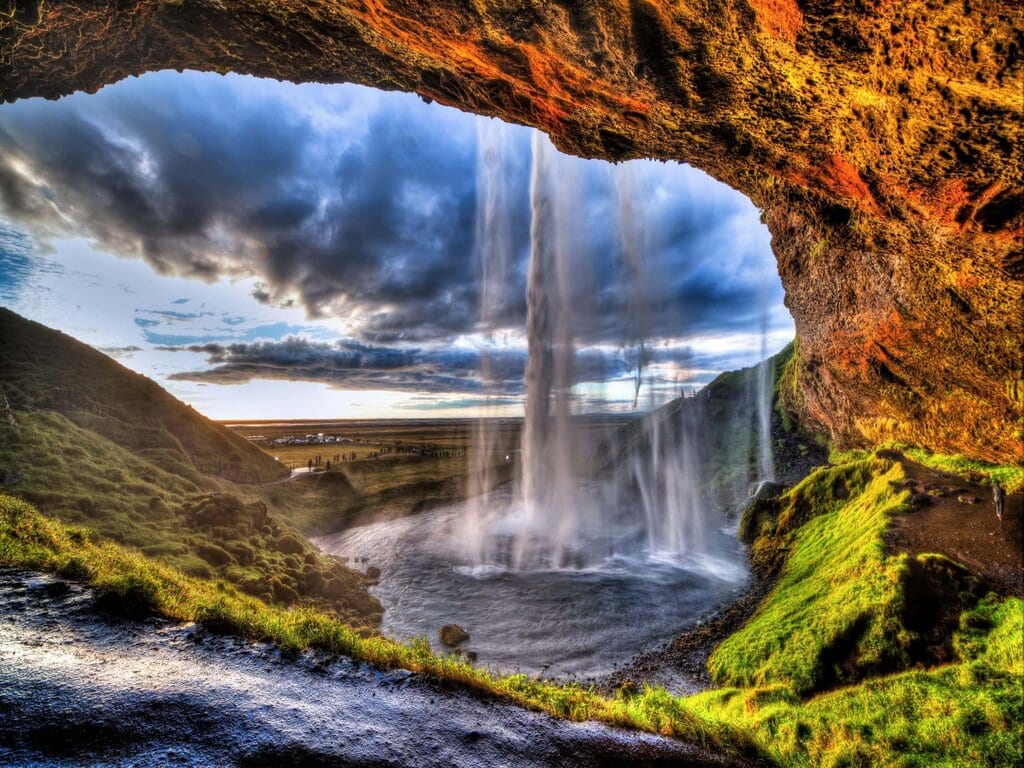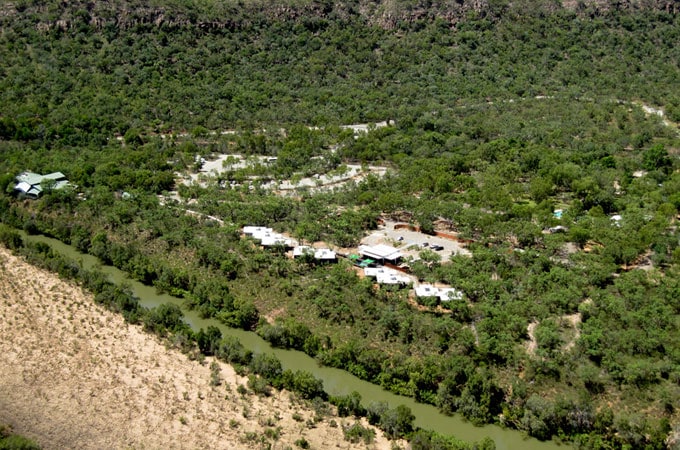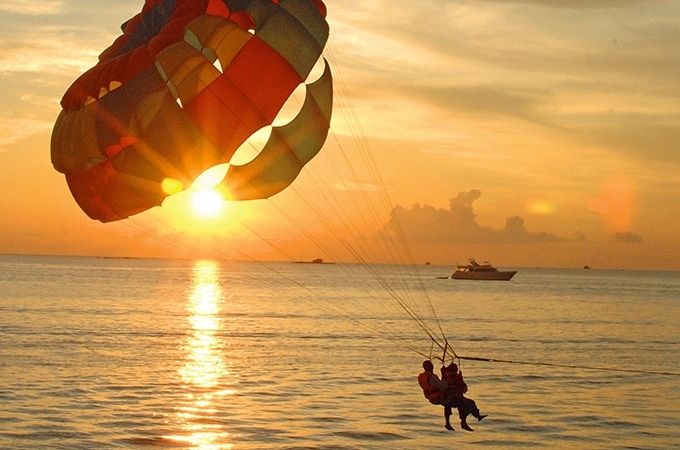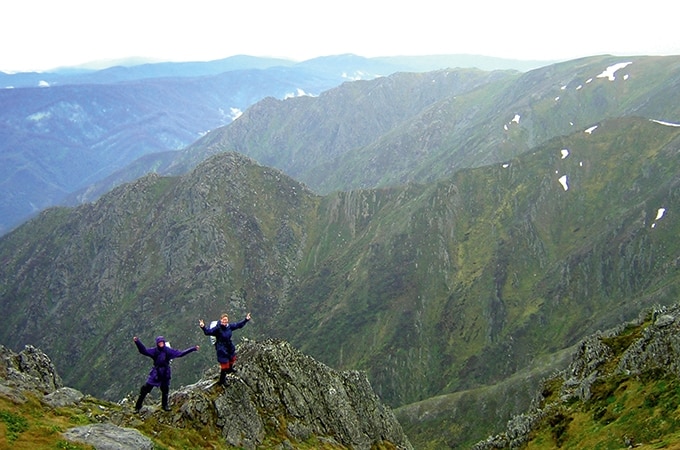Discovering the wild waterfalls and black-sand beaches of Iceland is an awe-inspiring adventure. With an estimated 10,000 waterfalls dotting the country’s landscapes, the raw beauty of Iceland’s rugged terrain is truly captivating. It’s no surprise that Iceland has quickly become a sought-after destination for travellers from all over the world, offering a sense of both hidden treasure and vast open spaces. Join Matthew Brace as he explores the enchanting allure of Iceland’s black sand beaches and mesmerising waterfalls.
The weak autumn sun was setting, unseen, behind a charcoal-grey cloud bank and an evening gloom was creeping across the land. The sea was cold, grey steel, and a perishing onshore wind was buffeting our polar fleece jackets.
The sub-Arctic elements were making it clear that this was their show and it was not suitable for humans – and definitely not those out for a romantic stroll. Yet, despite the harshness of the surroundings we put gloved hand in gloved hand and walked determinedly down the black-sand beach.
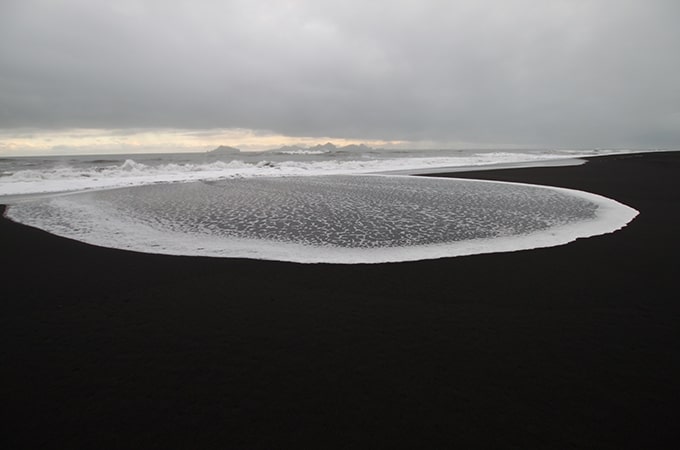
We were on Landeyjahöfn Beach on Iceland’s south coast and we were very much alone. The small ferry terminal was deserted, the coach tours had called it a day, and the Bakkaflugvöllur airstrip was so wind-raked that even Iceland’s weather-hardy pilots weren’t risking it. As we walked we could sense the waves picking up. Occasionally one swept right up the beach towards us, creating snow-white fans on the coal-black sand and sending us scurrying.
This was our first evening on Iceland’s south coast and we were already entranced by its harsh beauty. Just as we were turning to head back to the car, the sun burst through the sliver of clear sky between the cloud base and the horizon. It made the spray-soaked beach glisten and threw the nearby Vestmannaeyjar Islands into dramatic silhouette. This was a Lord of The Rings meets Game of Thrones moment.
Within an hour we were back at our cosy cottage, dining on delicious Icelandic cod and listening to the storm howl outside. Around midnight, after clearly too much wine, we decided it would be fun to run outside – where it was about 0°C – and jump into the hot tub on the back deck. It would have been un-Icelandic not to.
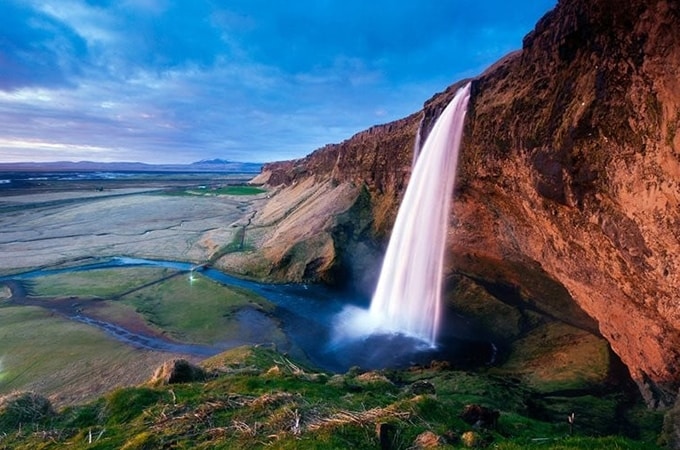
Next morning we had clear skies and a light breeze – perfect conditions for visiting a trio of dramatic south coast waterfalls. First up was Seljalandsfoss and we hit the road early to beat the crowds. (The downside to Iceland’s tourism boom is that the south coast’s waterfalls are now very busy, so try to get to them before the coaches descend.)
Seljalandsfoss’s most obvious attraction is that you can walk into a cave behind it and take photos through the cascade. For us, however, the highlight was Seljalandsfoss’s sister fall, Gljúfrabúi, a 100-metre walk west. This ‘foss’ is hidden beyond a narrow opening between grass- and moss-covered cliffs. You’ll need good rain gear because to really appreciate Gljúfrabúi you must squeeze through that gap and enter a secret, mist-drenched domain.
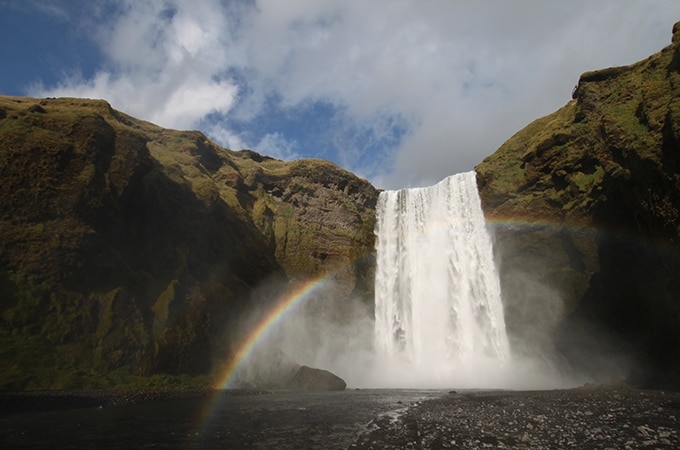
It was then that I started to believe in the stories I had read about Iceland’s elves and nature spirits, the custodians of the land. Once through the opening, with a stream running under our boots and the spray soaking us from above, we were in a very different, thrilling world. We felt very in touch with Iceland’s powerful, natural beauty.
The drive to the third waterfall, Skógafoss, was long enough – with the car’s heaters full on – for us to partially dry our clothes. This is possibly the best known and most photographed of the south coast falls, partly because in sunlight it turns on its very own rainbow. There’s a viewing platform at the top of the cliff but it’s from the bottom of the 60-metre drop that you get a sense of the foss’s true power, as the water pounds into its plunge pool.
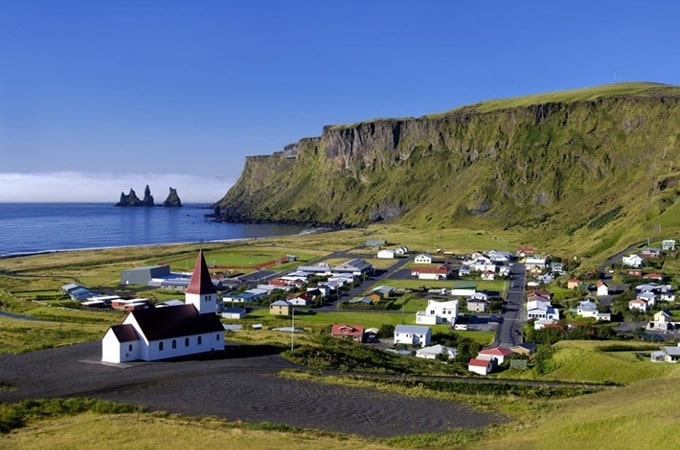
Wet, weary and exhilarated, we drove further east to the regional town of Vík for a glimpse of one of the more famous black beaches – Reynisfjara – but were dissuaded by the crowds. We had had our own private black beach the day before and didn’t want to spoil the memory.
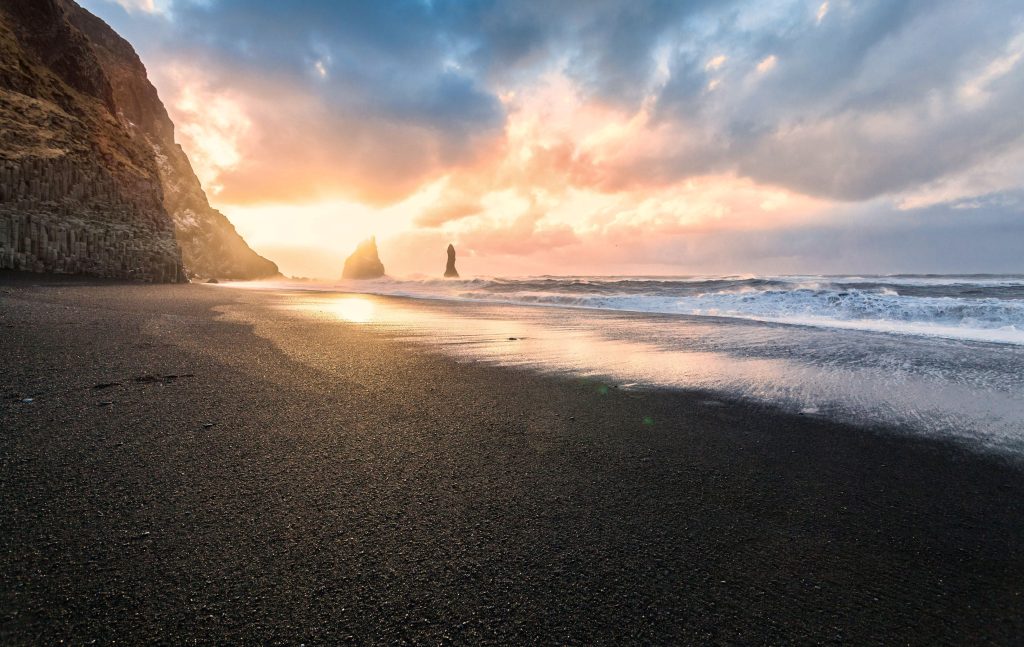
Instead we turned west and headed for home, looking forward to a glass of wine in the hot tub and more amazing fish. En route, however, we were tempted by one last adventure. Between Vík and Skógafoss lies the Sólheimajökull glacier, the most southerly in Iceland. It’s an extension of the larger Mýrdalsjökull icecap, which covers Katla, the active volcano which is overdue for an eruption.
We walked a path from the car park along the edge of the Moraine Lake, feeling the cold drafts from the ice intensify as we got closer. We watched the bright orange jackets of organised climbing groups ice-picking their way up crevasses to the glacier’s top. There was a hushed serenity about the place and yet again we felt we were in the presence of some great natural power.
That power is what the south coast of Iceland is all about, whether it’s a thunderous waterfall, a storm-ravaged black beach or a silent, still glacier. Our few days of natural adventure had left us renewed and reinvigorated… and yearning to come back for more.
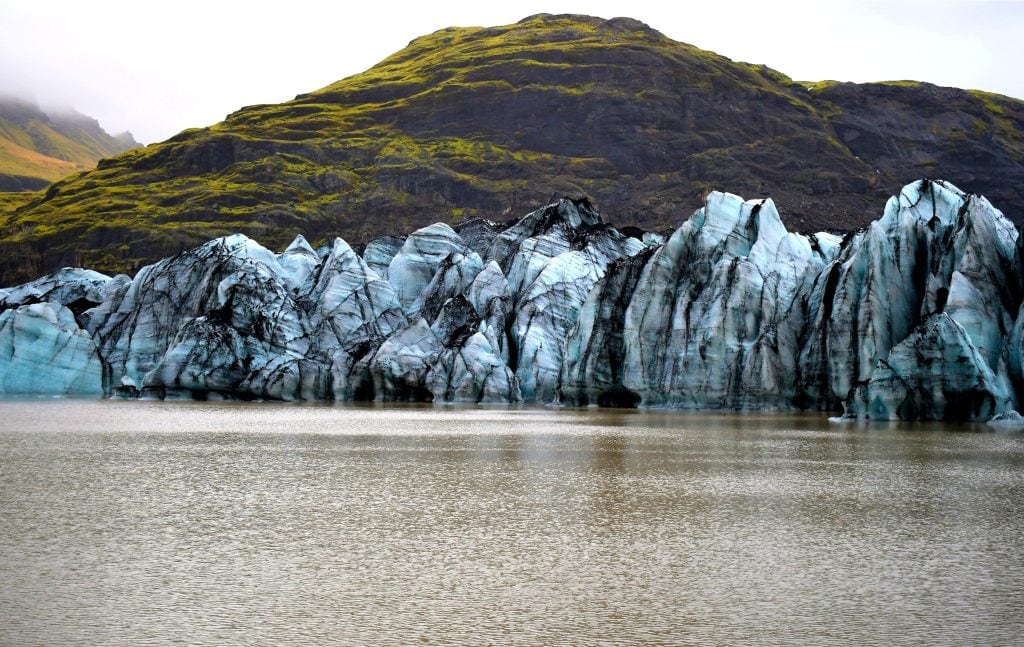
More Icelandic waterfalls and beaches worth adding to your itinerary:
Svartifoss: Quite a bit further east and nearly at the settlement of Hof. Beautiful falls over a curtain of basalt columns.
Gluggafoss (aka Merkjárfoss): Further inland along the 250 (dirt road) or 261 (asphalt). Not as dramatic as the others but less touristy.
Kvernufoss: Skógafoss’s less-visited neighbour is an easy 30-minute walk up a gorge, starting behind the Skógar Museum. It has a 30-metre cascade and is another fall you can walk behind. Well worth the stroll.
Sandvik beach: On the Reykjanes Peninsula, south west of Reykjavik and just south of Keflavik Airport.
Reynisfjara beach: A black pebble beach near Vík, famous for the Reynisdrangar rock stacks just offshore, said to be trolls turned to stone.
Breiðamerkursandur beach: Near the famous Jökulsárlón glacial lake and nicknamed the Diamond Beach for the iceberg fragments that wash up here and glisten like gems.
Need to know
Getting there:
Iceland Air has daily flights from 24 European hubs including London (Heathrow and Gatwick), Paris, Munich, Frankfurt, Amsterdam and Helsinki. If you’re heading to Iceland via the US or Canada, Iceland Air also flies from 23 North American hubs including Dallas, Seattle, Vancouver, Toronto, San Francisco and New York (JFK and Newark).
Stay:
There are numerous cabins and small hotels along the south coast but don’t be fooled by Iceland’s deceptively long distances. Ideally, try to plan your sightseeing route first and then pick the best location to stay – so you can easily do day trips and maximise what you can see in a short space of time. For accommodation choices see South Iceland Tourism.
Read Matt’s review of Ion Adventure Hotel, just an easy hour’s drive from rom the capital Reykjavik with dramatic landscapes all the way, and the hotel itself is surrounded by spectacular views.
Transport:
You’ll need a car. I recommend Hertz at Keflavik Airport. Book ahead online because demand for vehicles has skyrocketed recently.
More information:
Visit the official South Iceland Tourism site here.
Related article: A RomanticWinter Holiday in Finland ~ A Magical Experience
